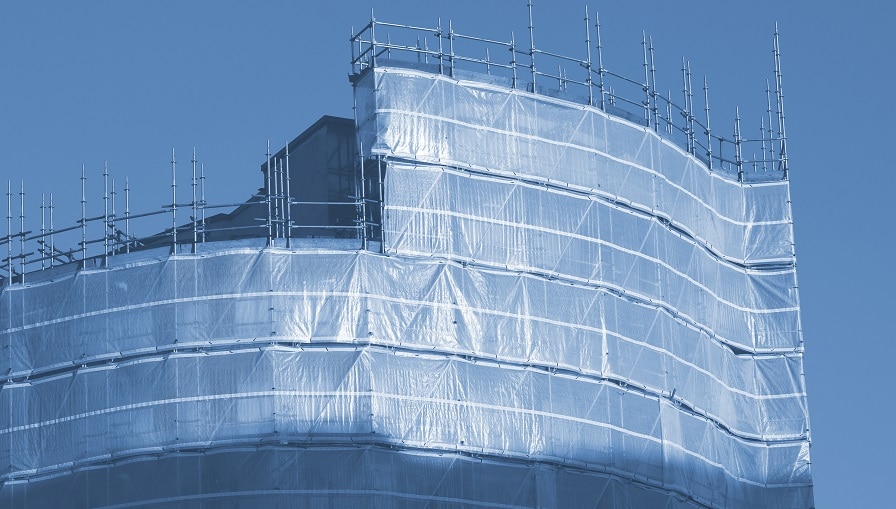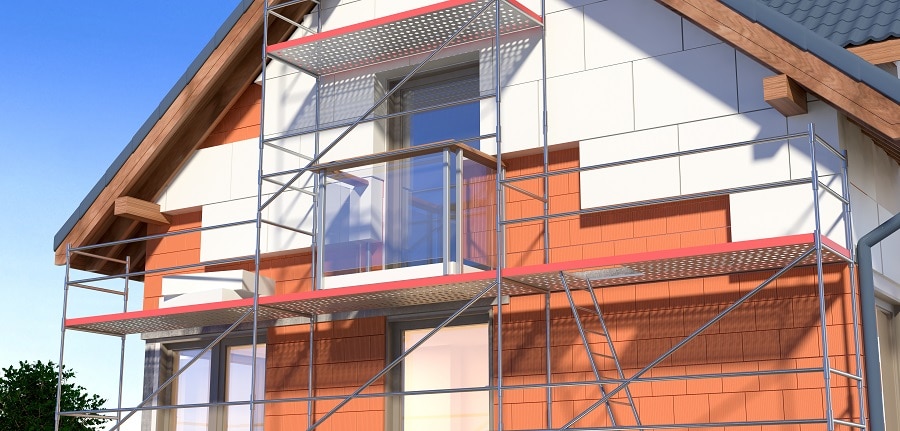Construction industry injuries are high in fatalities compared to other industries; there is a considerable amount of minor accidents. This indicates that building sites are a nightmare for health and safety. Almost any considerable hazard imaginable exists within the sector. Stakeholders must address safety measures to reduce the occurrence of accidents on construction sites, but several safety measures are critical and require urgent attention. Explore this list of common hazards on construction sites and ways to control them.
1. Moving objects
There is always a risk of accidents on construction sites during any stage of construction work because construction sites undergo frequent changes.
This is because of mobile equipment such as diggers, overhead lifting gear, and supply vehicles being operated in the same space, thereby increasing the likelihood of accidents.
To reduce the risk of an incident or an accident from moving objects, ensure that you always have on the appropriate Personal Protective Equipment (PPE), such as high visibility clothing, safety helmet, biohazards suits, and so on.
2. Avoid standing close to moving objects
Always be alert and careful on construction sites. It is not uncommon to find moving objects without warning lights.
3. Noise
HSE reports showed that from 2007 to 2011 over 1505 construction work-related claims were recorded in the UK. Out of these cases, 10 were women and 1,495 men. This goes to show how the high level of dangerous noise present on a construction site can pose a challenge to worker safety. Hearing problems are exacerbated by the construction workers who are negligent about using protective hearing gear. Another significant concern is the use of counterfeit or bad hearing protectors. Safety tip: make sure you have the right protective hearing gear and ensure you use it.
4. Asbestos
Fun fact about asbestos: it consists of six types of fibrous minerals. When the asbestos-infested materials get disturbed or damaged, the fibrous minerals are released into the air. Even though it occurs naturally, inhaling this fibrous mineral triggers serious health issues, and in many cases, exposure can be fatal. Asbestos inhalation has been linked with diseases such as lung cancer, pleural thickening, and asbestosis.
The deaths of more than 5000 building employees per year are the result of asbestos exposure, with almost 20 tradesmen or more killed every week. The numbers are high because an estimated 500,000 public buildings in the UK contain asbestos. Safety measure: if there is asbestos on a site, as an employer you are responsible for informing your workers. Furthermore, your workers need training in dealing with on-site materials that contain asbestos.
5. HAVS
Hand Arm Vibration Syndrome (HAVS) is an excruciating disease that affects the nerves, blood vessels, and joints. Prolonged use of vibrating power tools and ground working equipment is typically the cause of HAVS. Hand Arm Vibration Syndrome (HAVS) can be prevented but it is irreversible and causes permanent damage after its onset. Over 2 million construction workers are vulnerable to HAVS, according to the HSE. The effects of the disease include the inability to do work, as well as cold temperatures triggering painful attacks to the fingers. Safety precaution: always protect yourself with quality PPE before handling any power tools on the site.
6. Falls
About 40% of construction site accident fatality occurs as a result of falls, which makes falls the leading causes of construction site deaths. Safety measure: the rule of thumb for fall protection is to always use fall protection gear no matter the fall distance. It is necessary to verify the condition before use of fall safety equipment; check for damage and defects such as damaged strings, broken pieces, or stress cracks. The proper scaffolding structures are essential for any construction project. If you are searching for a reputable scaffolding company to make your site safer, contact Ace scaffolding in Uckfield.
7. Takedowns
People who are familiar with the workings of construction projects know it’s not just about erecting things; you also need to pull things down, which means demolition work should be planned. Also, some projects involve working underground or boring into the ground, with excavation to create holes and trenches – all of which can cause injury, fatalities and major accidents in the event of a collapse. Safety measures: there must be a periodic inspection of collapse risks throughout the project’s phases. Also, deployment of remedy structures like scaffolding and protection barriers need to be regularly checked. High risk areas should be identified, and workers should be alerted of these areas using high visibility symbols.
8. Vehicles
Work on construction sites often involves the use of moving machinery and vehicles. One of the most common reasons for fatal accidents at construction sites is moving vehicles, according to a study published by NHASA. Precautionary measures: conducting an assessment of the protocols, traffic management and vehicle zones, as well as marking these zones with the right barrier systems and signs is crucial for a safe construction site.
Lastly, always make safety your priority. Protection passes can affect the prevention of accidents on a construction site considerably. A proper safety program that provides weekly and daily safety information and reminders for workers on the site is also a smart thing to implement. Do not forget to invest in proper protection equipment (PPE). The routine maintenance of the equipment and tools may be the long-lasting difference between life and death.














